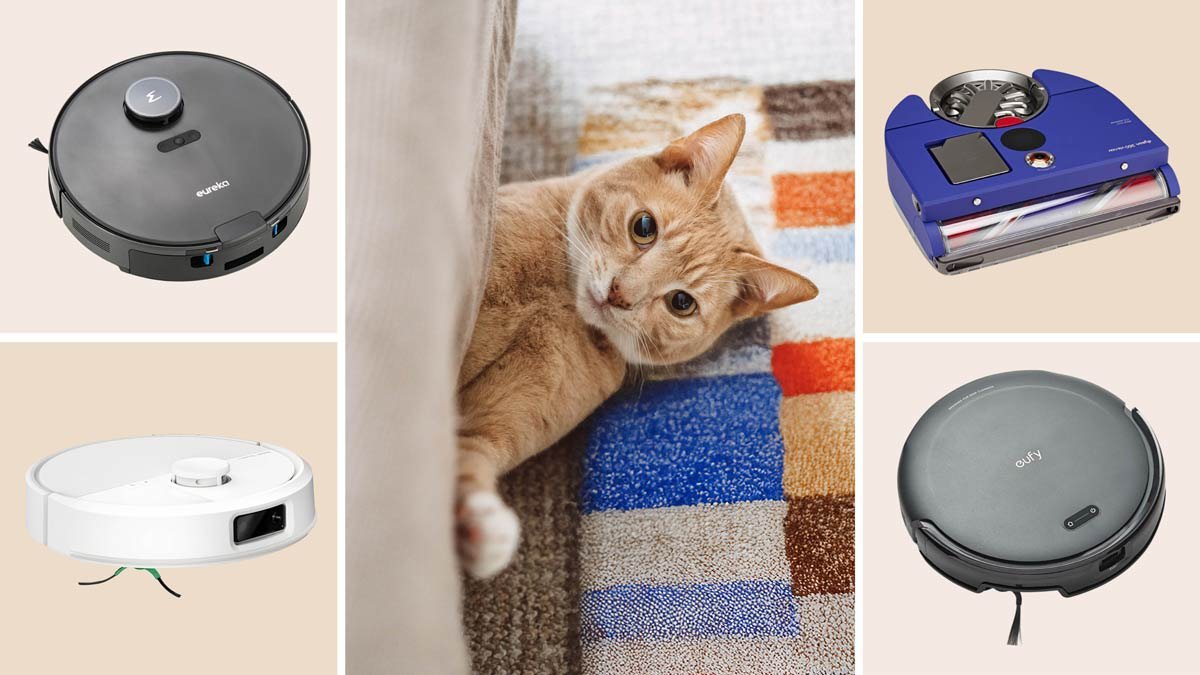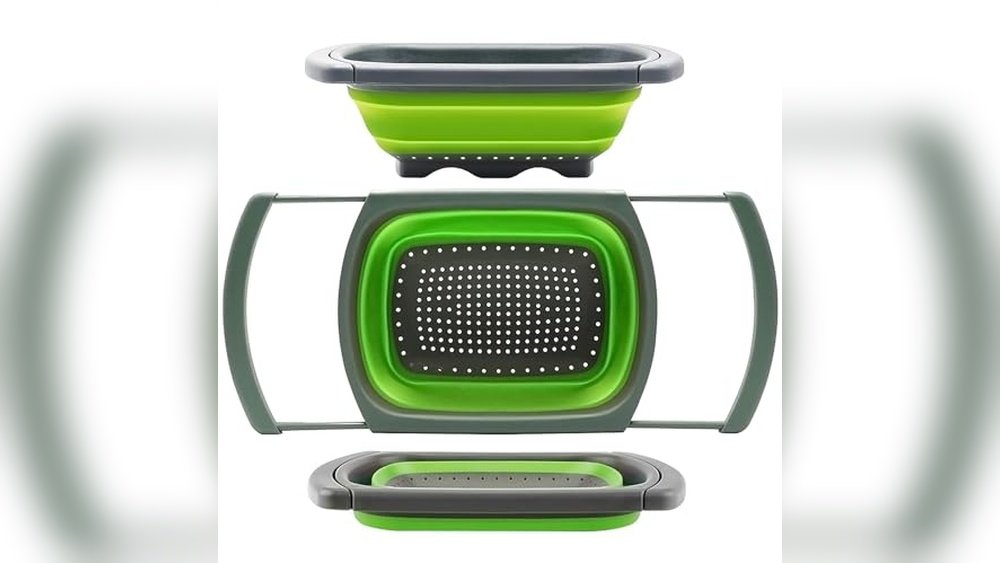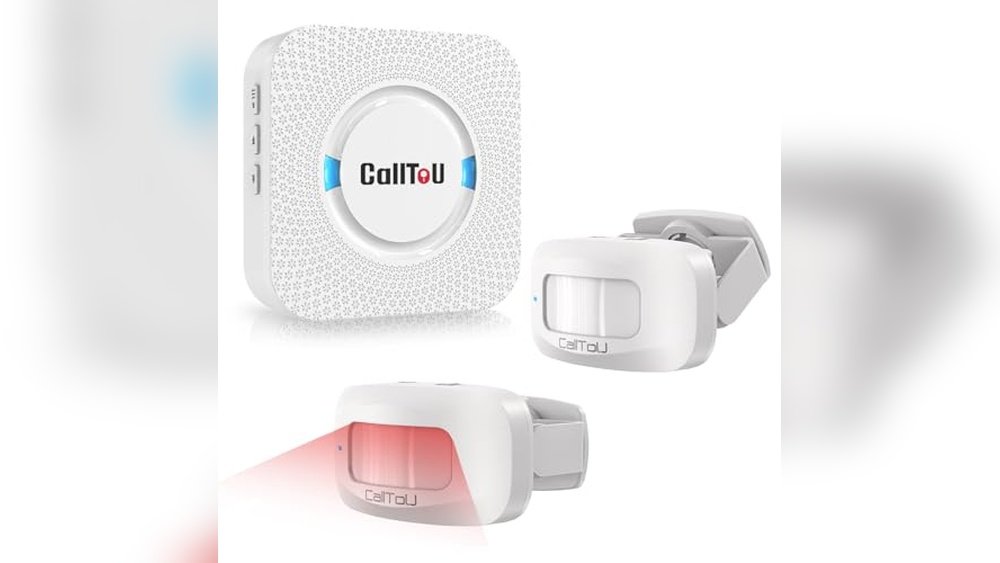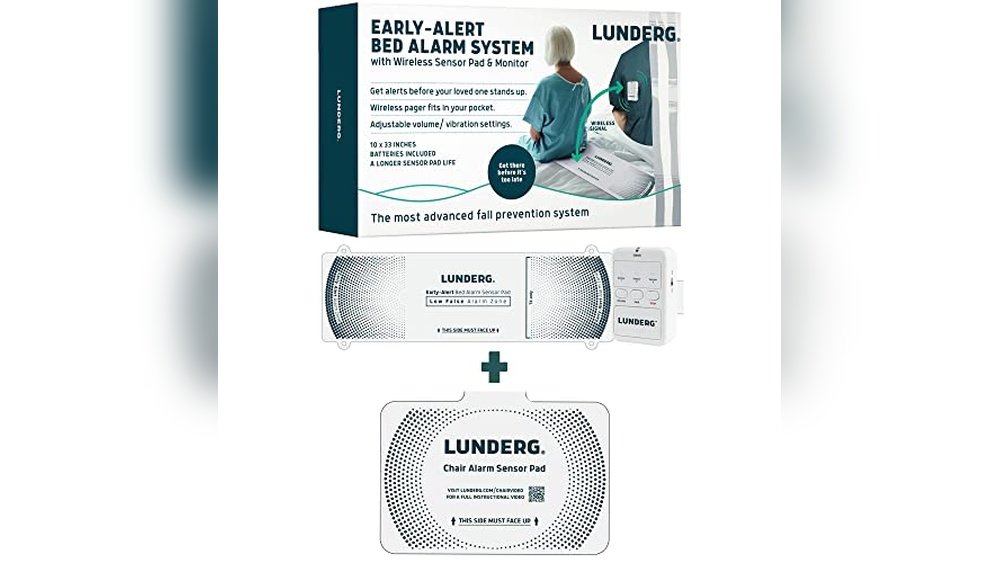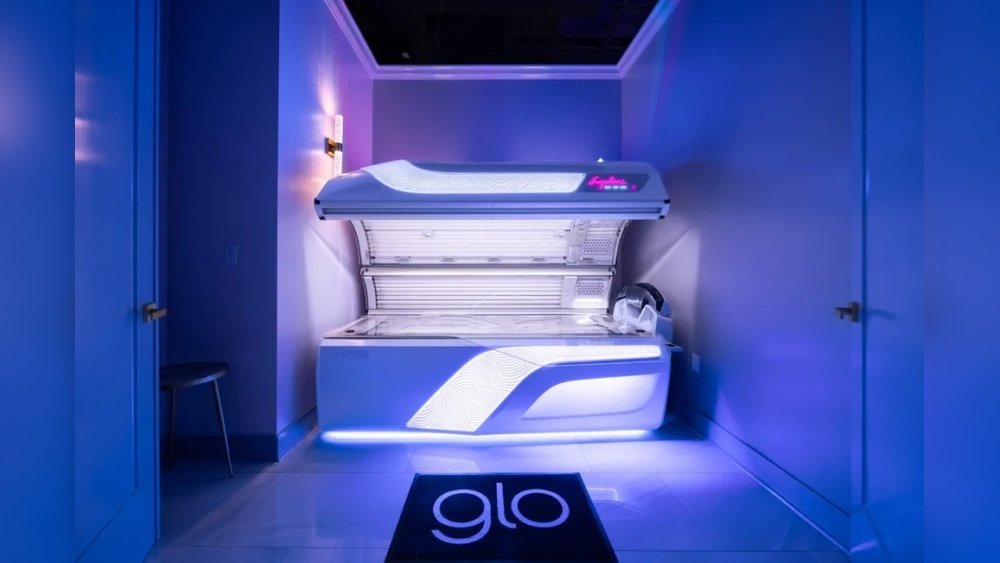If you have pets and hardwood floors, you know how tricky it can be to keep your home free of pet hair. You might wonder if a robot vacuum cleaner can really handle the job.
The truth is, these smart devices are designed to make your life easier by tackling pet hair and protecting your floors at the same time. But how exactly do they work? You’ll discover the secrets behind robot vacuums—how they pick up stubborn pet hair, move smoothly over hardwood surfaces, and help you maintain a cleaner, healthier home with less effort.
Keep reading to find out what features to look for and how to get the best results for your unique space.
Pet Hair Challenges
Pet hair creates unique cleaning problems for homes with animals. It spreads quickly and sticks to many surfaces. Hard-to-see strands can build up in corners and under furniture. This makes regular cleaning necessary to keep floors looking clean and fresh.
Robot vacuum cleaners help manage pet hair daily. Understanding the challenges pet hair presents helps in choosing the right vacuum. It also shows why some models work better than others on hardwood floors.
Why Pet Hair Is Difficult To Clean
Pet hair is thin and lightweight but tends to tangle easily. It clings to carpets, rugs, and fabric, making it hard to remove. On smooth floors, hair can scatter and stick to dust. Many vacuums struggle to pick up hair without getting clogged.
Robot vacuums with strong suction and special brushes handle pet hair better. These brushes avoid tangles and pull hair from corners and edges. Without these features, pet hair can jam the machine and reduce cleaning power.
Impact On Hardwood Floors
Pet hair on hardwood floors can cause scratches if not cleaned properly. Loose hair can trap dirt and grit, which wears down the finish. Dirt particles mixed with hair can damage the wood surface over time.
Robot vacuums designed for hardwood floors use soft brushes and gentle suction. They pick up hair without scratching or pushing debris around. Proper cleaning helps maintain the shine and extends the life of hardwood floors.
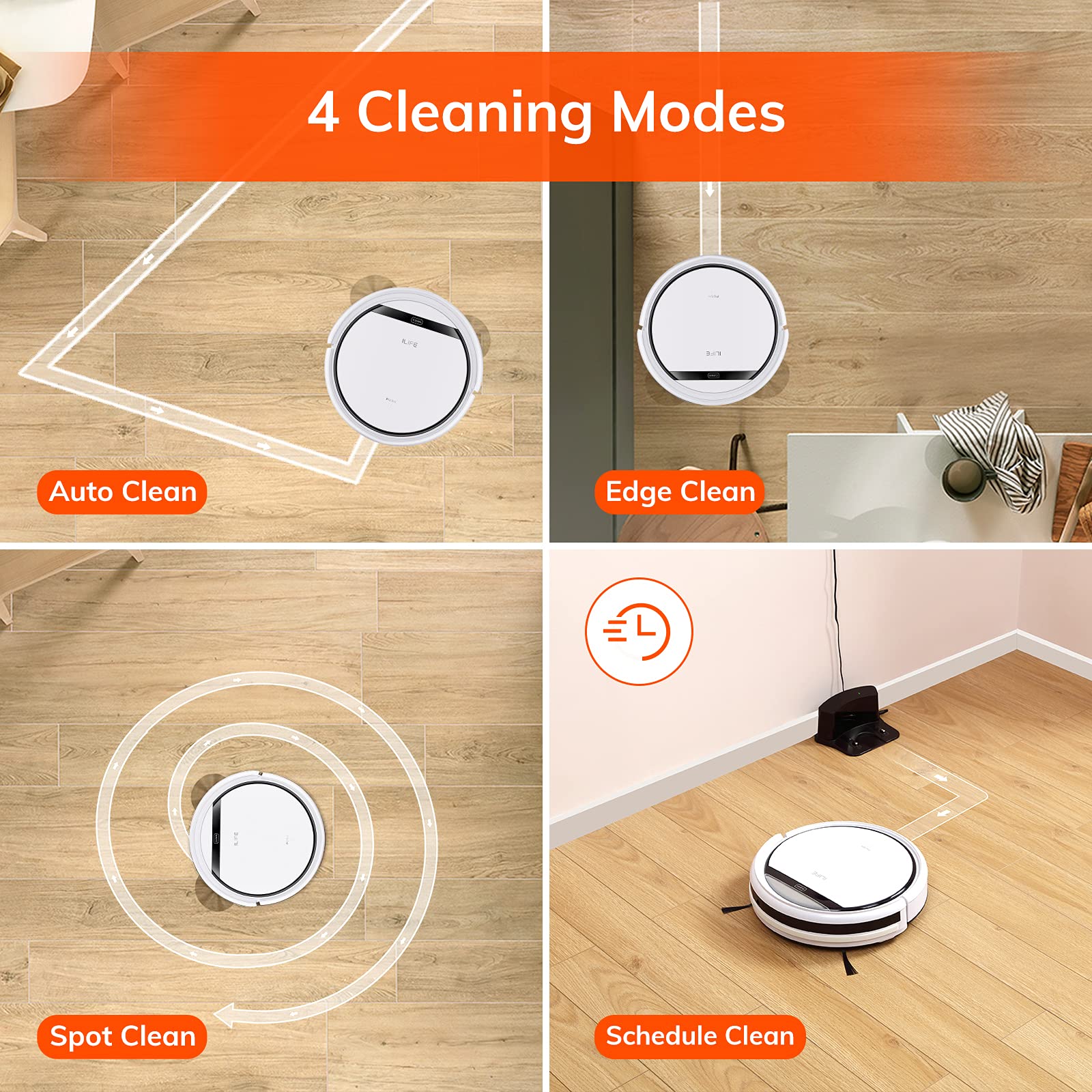
Credit: www.amazon.com
Robot Vacuum Basics
Understanding the basics of robot vacuums helps you see why they work well on pet hair and hardwood floors. These devices combine smart movement and cleaning tools to keep your home tidy with little effort. They move around your space, avoid obstacles, and pick up dirt and hair effectively. The technology inside is designed to handle different floor types, especially delicate hardwood and tricky pet hair.
How Robot Vacuums Navigate
Robot vacuums use sensors to move around your home safely. These sensors detect walls, furniture, and stairs to prevent collisions and falls. Some models use cameras or laser technology to create maps of your rooms. This mapping helps the vacuum clean in a smart, efficient pattern. It avoids repeating spots or missing areas. The vacuum can also return to its charging base when the battery is low.
Suction And Brush Mechanisms
Suction power is key for picking up pet hair and dust from hardwood floors. Robot vacuums have motors that create strong suction to pull debris into their dustbin. Brushes help loosen dirt and hair from the floor surface. Many models have special rubber or silicone brushes that resist tangling with pet hair. These brushes work well on hardwood without scratching it. Together, suction and brushes make cleaning fast and thorough.
Features For Pet Hair
Pet hair can be tough to clean, especially on hardwood floors. Robot vacuum cleaners designed for pet owners have special features to handle this challenge. These features help the vacuum pick up hair quickly and prevent clogs. They also make cleaning easier and more efficient.
High Suction Power
Strong suction is key for lifting pet hair from floors. It pulls hair off hardwood and carpets alike. A vacuum with weak suction may leave hair behind. High suction ensures thorough cleaning in less time. It also helps pick up dirt and dust mixed with pet hair.
Tangle-free Brushes
Traditional brushes often get tangled with pet hair. This causes the vacuum to stop working properly. Tangle-free brushes use rubber or silicone materials. They prevent hair from wrapping around the brush roll. This means less maintenance and better performance. The vacuum can clean longer without interruptions.
Advanced Filtration Systems
Pet hair carries dander and allergens. Advanced filters trap these tiny particles inside the vacuum. HEPA filters are common in pet-friendly models. They improve indoor air quality by capturing allergens. This feature benefits people with pet allergies. It keeps your home cleaner and healthier.
Suitability For Hardwood Floors
Robot vacuum cleaners suit hardwood floors well due to their advanced cleaning designs. They clean effectively without causing scratches or damage. Choosing the right model ensures safe and efficient maintenance of your wooden surfaces. Understanding their cleaning techniques and care measures helps protect your floors.
Gentle Cleaning Techniques
Robot vacuums use soft brushes or rubber rollers to pick up dirt and pet hair. These tools avoid scratching hardwood surfaces while removing debris. Suction power adjusts automatically to clean without pressing hard on floors. Sensors guide the vacuum to avoid bumping into furniture or walls. This careful approach keeps hardwood floors looking smooth and shiny.
Avoiding Floor Damage
High-quality robot vacuums have protective features like soft wheels and bumpers. These parts prevent dents and marks on delicate wood. Some models detect floor type to lower suction and brush speed on hardwood. Regular cleaning of the vacuum’s brushes stops grit from scratching floors. Using robot vacuums with these safety measures reduces the risk of damage over time.
Navigation And Coverage
Navigation and coverage play a vital role in a robot vacuum’s cleaning efficiency. A well-navigated robot covers every inch of your hardwood floors. It also collects pet hair from all areas without missing spots. Advanced navigation systems allow the vacuum to clean smartly and avoid obstacles.
Smart Mapping Technology
Smart mapping technology helps the robot learn your home’s layout. It creates a digital map to plan the best cleaning route. This avoids repeated cleaning of the same spots. The vacuum remembers where it has cleaned and where it still needs to go. It adapts to furniture arrangements and changes over time. Smart mapping makes cleaning more thorough and faster.
Edge And Corner Cleaning
Edges and corners are common spots for pet hair buildup. Robot vacuums use special side brushes to reach these tight spaces. These brushes sweep hair and dust into the vacuum’s path. Some models have angled brushes designed to clean along walls and baseboards. This ensures no pet hair hides out of reach. Proper edge and corner cleaning keep hardwood floors spotless and hair-free.
Maintenance And Convenience
Maintenance and convenience play a big role in keeping robot vacuum cleaners effective for pet hair and hardwood floors. Regular upkeep ensures the machine runs smoothly and lasts longer. Easy maintenance also saves time and effort, making cleaning less of a chore.
Smart features now help manage dirt and hair with little input from you. These upgrades make robot vacuums more user-friendly and practical for busy homes with pets.
Auto-empty Stations
Auto-empty stations collect dirt from the robot vacuum automatically. The vacuum returns to its base and empties the dustbin into a larger container. This process reduces how often you must manually empty the bin.
Homes with pets benefit greatly from this feature. Pet hair and dander fill the dustbin quickly. Auto-empty stations keep the vacuum ready for daily use without constant stops for cleaning.
Brush And Bin Cleaning
Brushes can get tangled with pet hair and need regular cleaning. Some models have self-cleaning brushes that reduce hair wrap. This feature keeps suction strong and prevents damage.
The dustbin also needs frequent emptying and washing to avoid odors. Cleaning the bin helps maintain good airflow and prevents clogs. Easy-to-remove bins make this task simple and quick.
Limitations To Consider
Robot vacuum cleaners offer convenience for pet owners with hardwood floors. Yet, they come with certain limits. Understanding these helps set the right expectations. It also guides how to use them best for pet hair and floor care.
Deep Cleaning Vs. Daily Maintenance
Robot vacuums excel at daily maintenance tasks. They pick up loose pet hair and dust regularly. This prevents buildup and keeps floors looking cleaner.
These devices usually cannot replace deep cleaning sessions. Deep cleaning requires stronger suction and manual attention. Stubborn dirt and embedded hair may stay after a robot vacuum pass. For thorough cleaning, a traditional vacuum or mop is still needed sometimes.
Handling Heavy Hair Build-up
Homes with heavy pet hair may challenge robot vacuums. Hair can tangle in brushes and rollers quickly. This reduces cleaning efficiency and may cause clogs.
Frequent brush cleaning becomes necessary to keep the vacuum working well. Some models feature self-cleaning brushes to reduce this issue. Still, very thick hair mats require manual removal or specialized tools. Robot vacuums work best when hair is kept under control between full cleanings.

Credit: www.goodhousekeeping.com
Top Robot Vacuums For Pets
Robot vacuums designed for pet owners help keep pet hair off hardwood floors. These devices combine strong suction and smart brushes to tackle fur and dust. They work quietly and reach tight spaces under furniture. Choosing the right model can make daily cleaning easier and faster.
Many pet-friendly robot vacuums also include filters that trap allergens. This helps improve air quality in homes with pets. Some models have automatic dirt disposal, which means less hassle emptying the bin. Here are some top robot vacuums suited for homes with pets.
Recommended Models
The iRobot Roomba i7+ offers a self-emptying base and powerful suction. It uses rubber brushes that do not tangle with pet hair. The Eufy RoboVac 30C is a budget-friendly option with strong edge cleaning. It works well on hardwood floors and picks up pet hair efficiently. Another good choice is the Neato D8, which has a unique D-shape to clean corners better. It also uses a high-performance filter for capturing allergens.
Price And Features Comparison
The Roomba i7+ costs around $800 but includes an auto-empty station and smart mapping. The Eufy RoboVac 30C is priced near $250, great for those on a budget. It lacks a self-empty feature but still has strong suction and Wi-Fi control. The Neato D8 is mid-range at about $600, offering solid suction and a large dustbin. It also supports app control and scheduled cleaning, useful for pet owners.
Tips For Best Performance
To get the best results from your robot vacuum cleaner on pet hair and hardwood floors, following some simple tips helps a lot. Proper care and smart use keep the vacuum working at its full potential. These tips also extend the life of your device and improve cleaning efficiency.
Regular Maintenance Practices
Clean the brushes and rollers often to prevent hair buildup. Remove tangled pet hair from the brush roll after each use. Check the dustbin and empty it before it gets full. Wipe the sensors gently to keep navigation accurate. Replace filters according to the manufacturer’s instructions to maintain strong suction. Regularly inspect wheels and remove any debris stuck around them. This maintenance keeps your vacuum running smoothly and picks up pet hair better.
Optimizing Cleaning Schedules
Set your robot vacuum to run daily or every other day. Frequent cleaning stops pet hair from piling up. Schedule runs during times when pets are less active or away. Use the app or controls to plan cleaning zones, focusing on high-traffic areas. Adjust the vacuum’s power settings for hardwood floors to avoid scratches. Consistent cleaning schedules ensure your floors stay clean and allergen-free without extra effort.
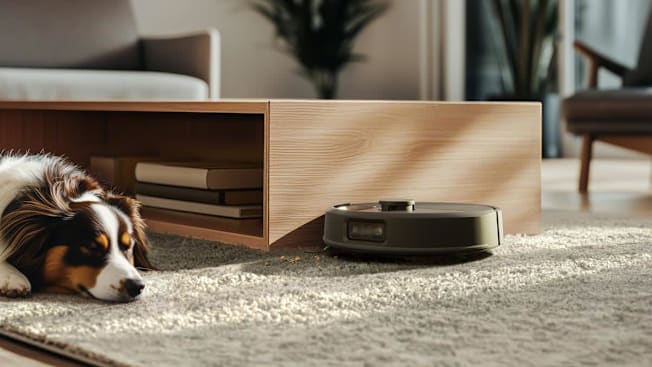
Credit: www.consumerreports.org
Frequently Asked Questions
Which Robot Vacuum Is Best For Pet Hair And Hardwood Floors?
The iRobot Roomba s9+ excels on hardwood floors and pet hair with strong suction, tangle-free brushes, and smart navigation.
Do Robot Vacuums Do Well With Pet Hair?
Robot vacuums work well with pet hair, especially those with strong suction and tangle-free brushes. They clean under furniture and reduce allergens. Regular use keeps floors tidy between deep cleans but may not replace traditional vacuums for heavy buildup. Choose models with pet-specific features for best results.
What Are The Negatives Of Robot Vacuums?
Robot vacuums may miss deep dirt, struggle with thick carpets, require regular maintenance, and have limited battery life. They can get stuck on obstacles and may not clean edges thoroughly.
Do Robot Vacuums Work Well On Hardwood Floors?
Robot vacuums work well on hardwood floors by efficiently picking up dust and pet hair. Their soft brushes prevent scratches. Choose models with strong suction and smart navigation for best results. Regular maintenance ensures optimal performance and floor protection.
Conclusion
Robot vacuum cleaners help keep pet hair off hardwood floors daily. They use strong suction and special brushes to pick up hair well. Their slim design reaches under furniture where hair hides. Advanced filters trap allergens, making the air cleaner.
These vacuums save time by cleaning automatically. Regular use keeps floors tidy but deep cleaning may still be needed sometimes. Choosing a model with pet-friendly features improves results. Robot vacuums make pet hair cleanup easier and help maintain clean floors.
